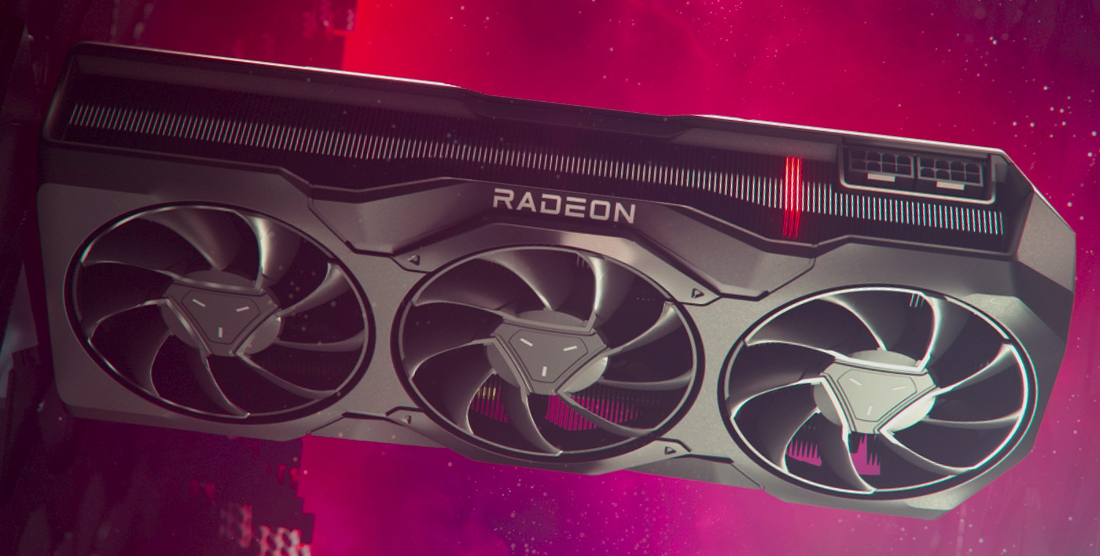News
Performance-Wise, AMD’s Model RX 7800 XT Is on Par with the Real RX 6800 XT

Igor’s Lab is replicating one to test out potential RX 7800 XT performance. This was accomplished with AMD’s latest Radeon Pro W7800 graphics card while using only half of its available memory. Based on Igor’s testing and estimations, this hypothetical 7800 XT would perform somewhere between an RX 6800 XT and an RX 6900 XT, or between an Nvidia RTX 4070 and an RTX 4070 Ti. The Radeon Pro W7800 is an RDNA 3 GPU from AMD’s W7000 line of workstation GPUs. The GPU has 32GB of memory and a total board power rating of 260W; it has 70 compute units based on AMD’s Navi 31 chip. As a result, the W7800 is currently one of the most promising alternatives to the speculative RX 7800 XT.
Disabling half of the VRAM should be a reasonably close stand-in for the next GPU because it has a 256-bit memory interface, like the reported RX 7800 XT. Igor gave us two examples of possible test conditions. The first method involves arbitrarily deactivating half of the memory on the GPU, leaving it with 16GB of GDDR6 VRAM to simulate a 7800 XT. The second method involved speculative estimates based on the power efficiency data from the RX 7900 XT. Since the W7800 is optimized for efficiency rather than performance, the latter was done to give a “more accurate” representation of how a genuine RX 7800 XT may function. It should go without saying that each of these scenarios are, at best, projection of possible outcomes.
The ultimate clock rates, the number of cores, whether or not the “disabled” VRAM genuinely resembles a 16GB card, the availability of drivers, and other issues must be resolved. Igor did resolution tests in 1080p, 1440p, and 4K. The “simulated” and “calculated” W7800 results were not wildly different, with the former looking like an RX 6800 XT and the latter like an RX 6900 XT. Igor employed nine games for his testing; two of them, Cyberpunk 2077 and Metro Exodus Enhanced Edition, support ray tracing. It’s easy to see why AMD might not be ready to release the RX 7800 XT if it performs similarly to what he measured. The performance wouldn’t improve dramatically, but efficiency would be better than the RDNA 2 GPUs.
If the new RDNA 3 GPU costs the same as the current-generation RX 6800 XT, which begins at $519, then there will be very little incentive for anyone to make the switch. However, it is important to stress that Igor’s forecasts are probably not completely accurate. We don’t know how many compute units, shaders, cache, or GPU clocks the RX 7800 XT will have because its specifications are still under wraps. A reduced Navi, 31 GCD with 70 CUs, is used in the W7800, whereas a Navi 22 GCD with 60 (or potentially 64) CUs is said to power the RX 7800 XT. Depending on the final clocks, the consumer card may or may not outperform Igor’s simulations.
Another issue is drivers, as workstation drivers are typically optimized for business software rather than games. Drivers optimized for gaming may significantly boost performance. Last, we have no idea how much the rumored RX 7800 XT will cost. With the speculated specifications, the most AMD could ask for is $600, which might sell for less. If it costs the same, uses less power, and adds features like AV1 encoding capabilities to the table, it would be a worthwhile upgrade from the current RX 6800 XT.


















